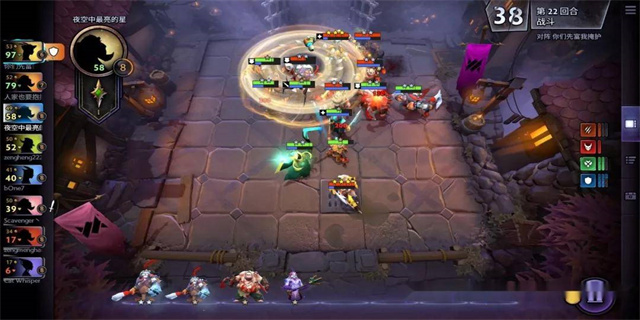Web3.0: The Future of the Internet
Introduction
With the rapid evolution of technology, the Internet has become an integral part of our lives. From communication to commerce, it has revolutionized the way we interact and conduct business. However, as we move towards the era of Web3.0, we can expect even more significant advancements and changes. In this article, we will explore the concept of Web3.0, its key features, and the potential it holds for the future.

Understanding Web3.0
Web3.0, also known as the Semantic Web or the Intelligent Web, refers to the next phase of the Internet's development. While Web2.0 focused on user-generated content and social networking, Web3.0 aims to create a more intelligent and interconnected web experience. It seeks to enhance the way information is organized, shared, and processed, enabling a more personalized and efficient user experience.

Key Features of Web3.0
1. Artificial Intelligence and Machine Learning: Web3.0 leverages advanced technologies like AI and machine learning to understand and interpret data more effectively. This enables the development of intelligent applications that can anticipate user needs, provide personalized recommendations, and automate tasks. By harnessing the power of AI, Web3.0 can deliver a more intuitive and tailored online experience.
2. Big Data and Semantic Web: Web3.0 utilizes the vast amount of data available on the internet to create meaningful connections and context. By analyzing this data and applying semantic web technologies, such as RDF (Resource Description Framework) and OWL (Web Ontology Language), Web3.0 can understand the relationships between different entities, making information retrieval more accurate and insightful.
3. Decentralization and Blockchain: Web3.0 embraces the concept of decentralization, powered by blockchain technology. Unlike Web2.0, where data is stored in centralized servers controlled by corporations, Web3.0 allows for distributed storage and peer-to-peer interactions. This not only ensures data privacy and security but also eliminates the need for intermediaries, enabling direct and transparent transactions.
The Potential of Web3.0
Web3.0 has the potential to reshape various industries and sectors. The following are some areas where Web3.0 is expected to have a significant impact:
1. E-commerce and Personalized Shopping: With AI and machine learning capabilities, Web3.0 can offer personalized shopping experiences by analyzing user preferences and browsing patterns. It can recommend products based on individual tastes and provide personalized customer support, revolutionizing the way we shop online.
2. Healthcare and Telemedicine: Web3.0 has the potential to transform the healthcare industry by enabling remote patient monitoring and telemedicine services. With secure and decentralized data storage, patient records can be easily accessed and shared among healthcare providers, ensuring seamless collaboration and improving patient care.
3. Education and E-Learning: Web3.0 can revolutionize education by providing personalized learning experiences tailored to individual students' needs. With intelligent recommendation systems and interactive learning platforms, students can have access to customized educational resources, making learning more engaging, efficient, and effective.
Conclusion
Web3.0 represents a new chapter in the evolution of the Internet, offering a more intelligent, connected, and decentralized online experience. With its adoption of AI, big data analysis, and blockchain technology, Web3.0 has the potential to transform various industries and sectors. As we progress towards the era of Web3.0, it is essential for businesses, developers, and users to embrace these advancements and harness their potential for a more efficient and personalized digital landscape.
















